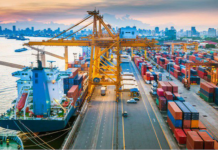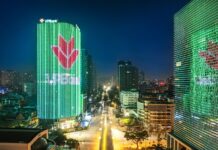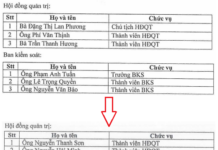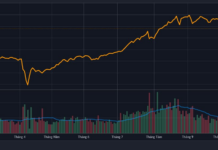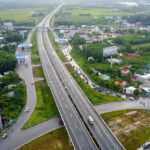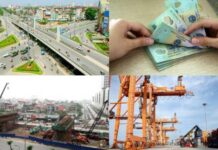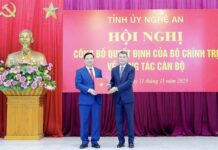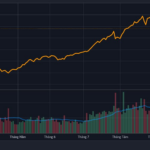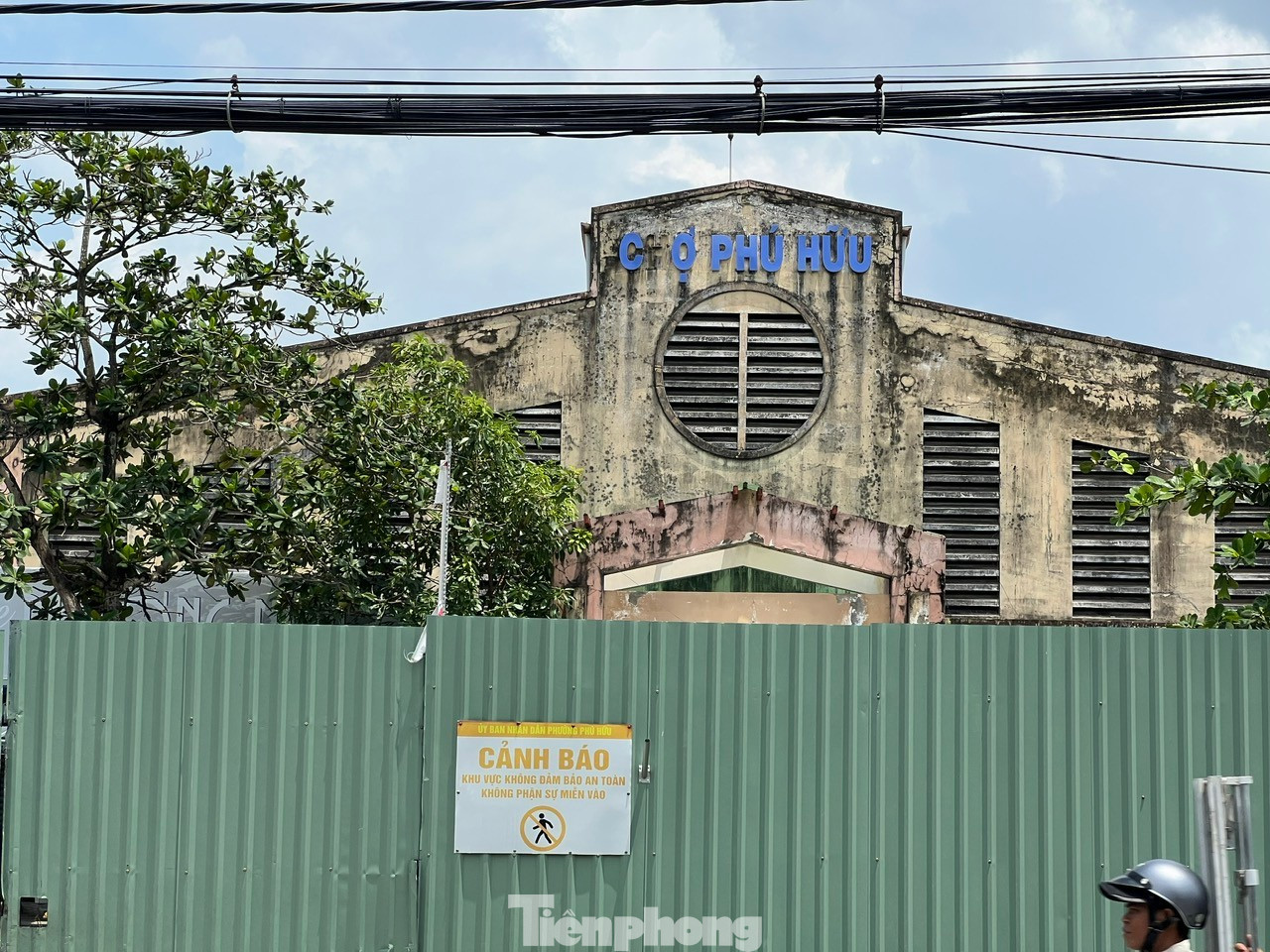
On August 2nd, a reporter from Tien Phong newspaper arrived at Phu Huu Market (formerly in Thu Duc City). The market was enclosed by corrugated metal sheets, with overgrown grass surrounding the area.
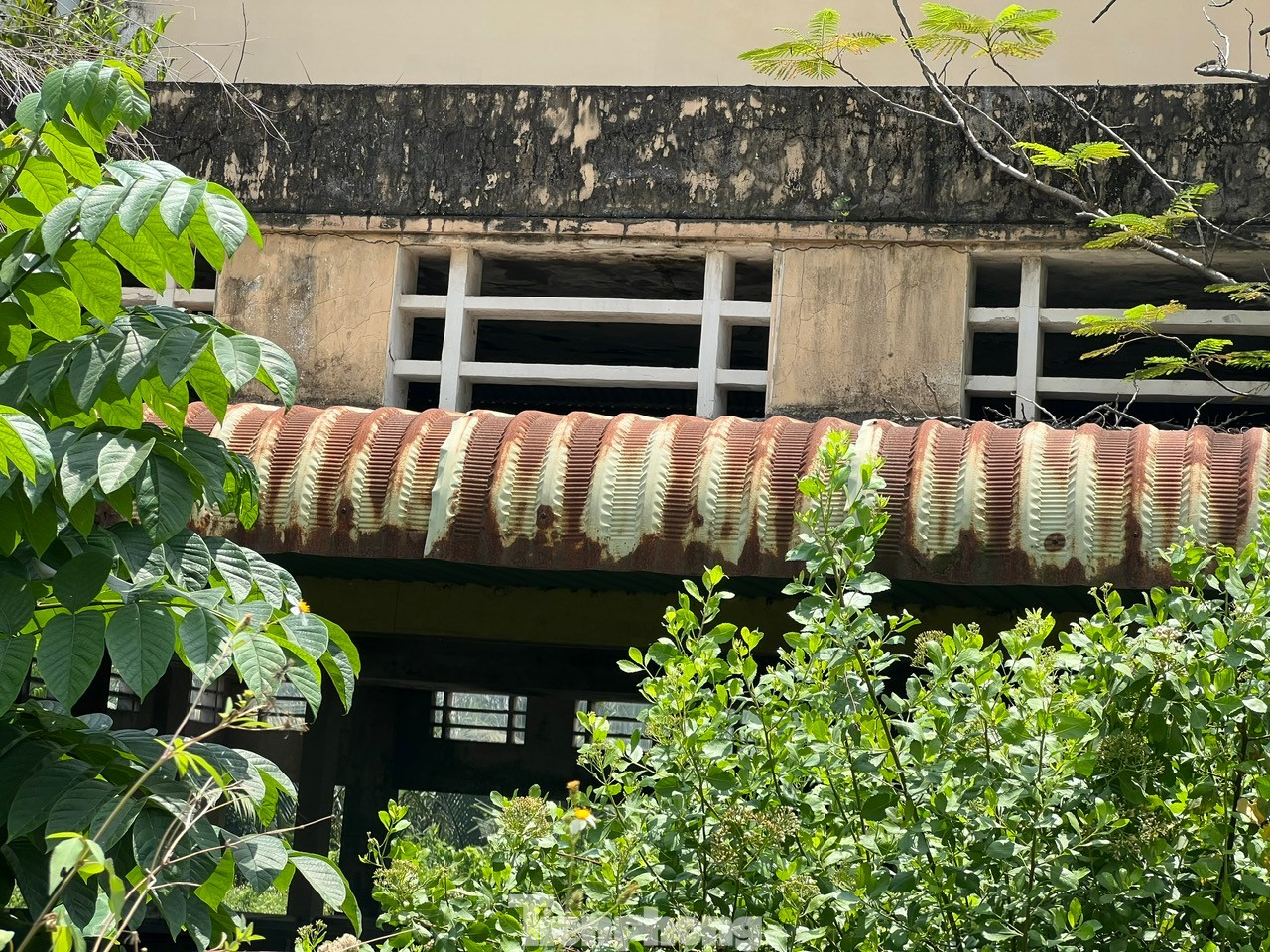
Phu Huu Market was constructed in 2004 with an investment of 1.2 billion VND. The market is situated on a plot of land spanning over 2,000 square meters and was designed to accommodate 164 stalls and kiosks.
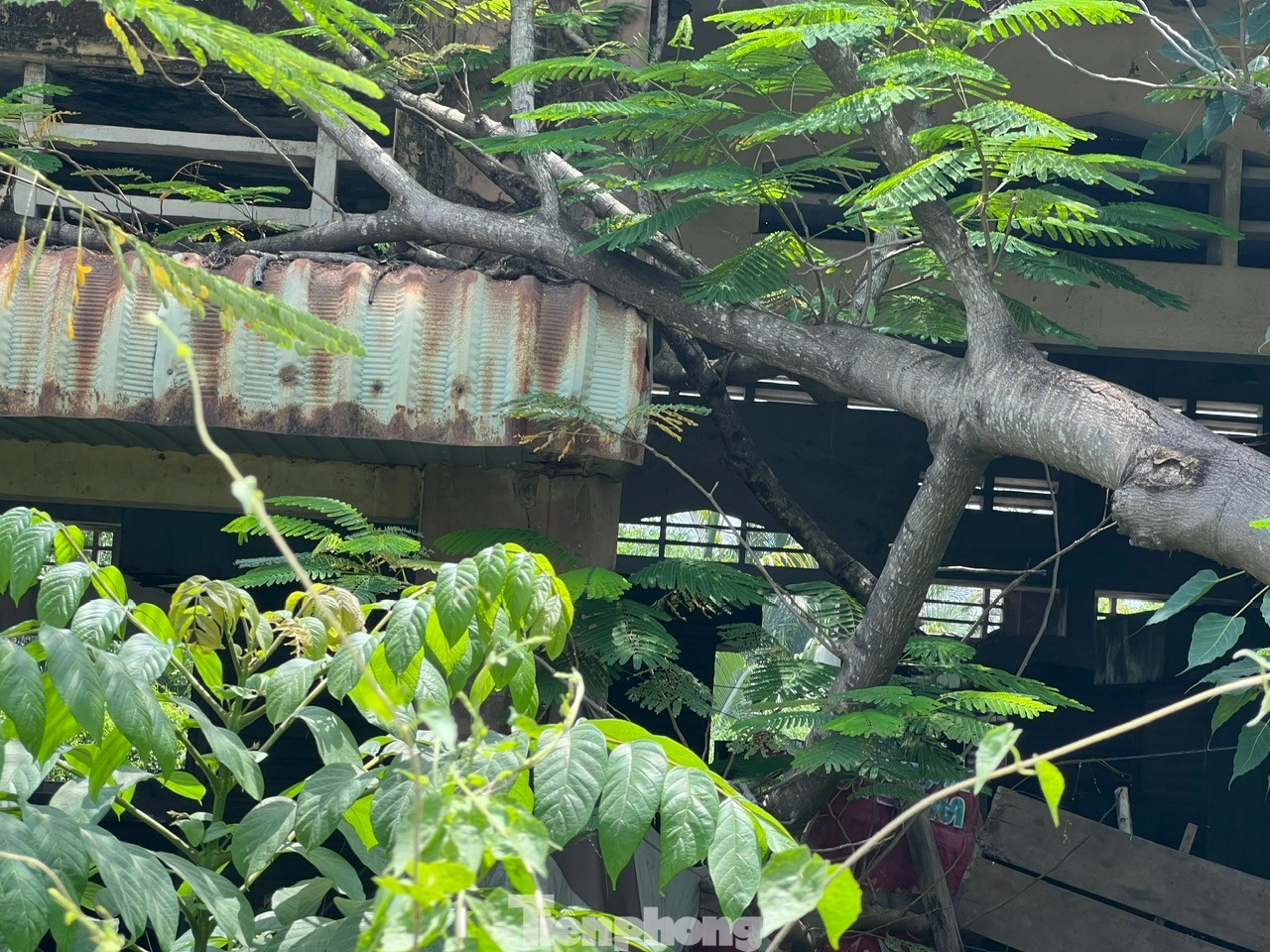
The initial goal was to create a modern shopping space, replacing makeshift markets, and specifically addressing the issue of encroachment on Nguyen Duy Trinh street.
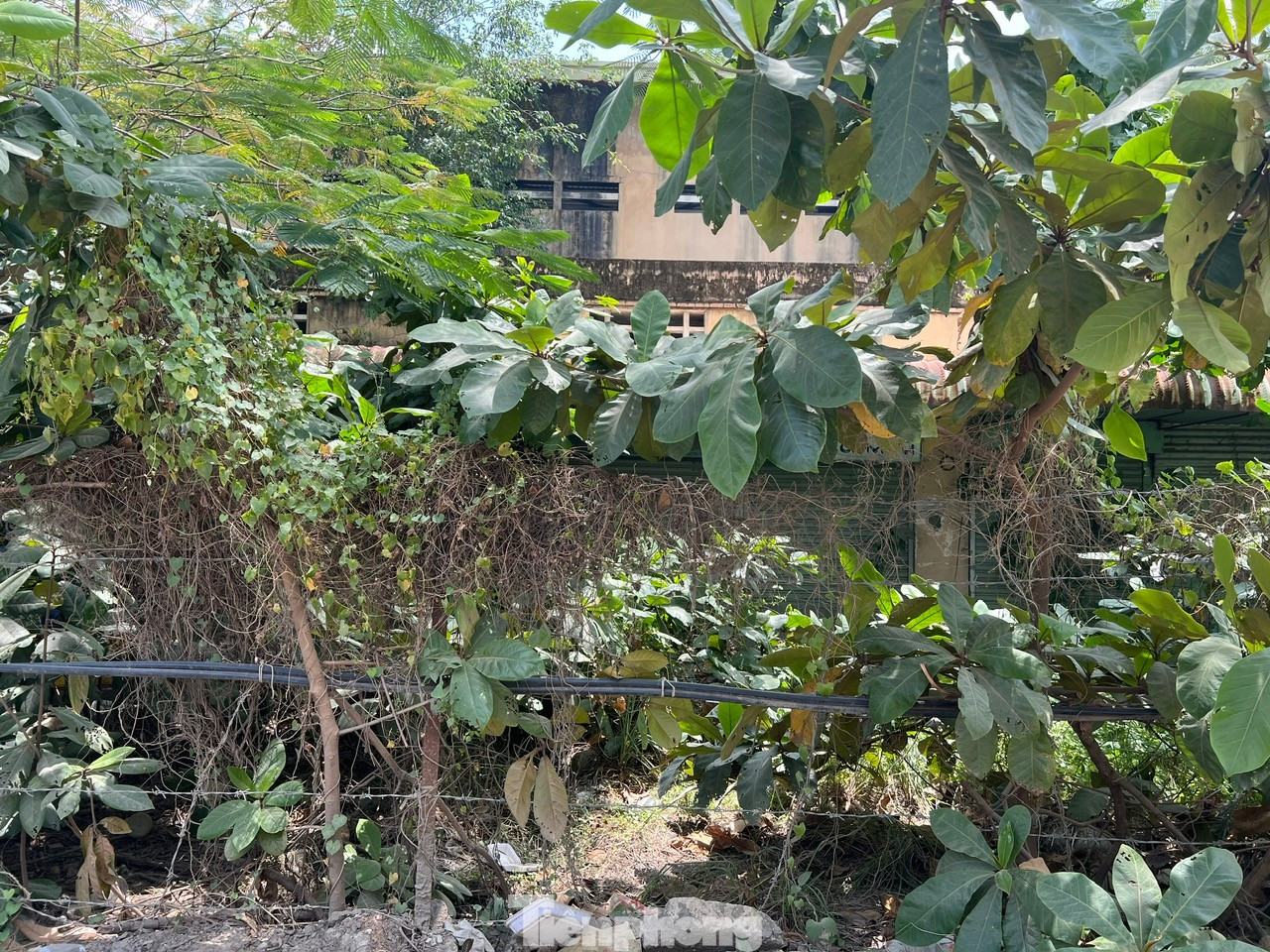
However, after more than two decades, Phu Huu Market now lies abandoned and in ruins. The outer gate is locked, preventing access to the deserted structure.
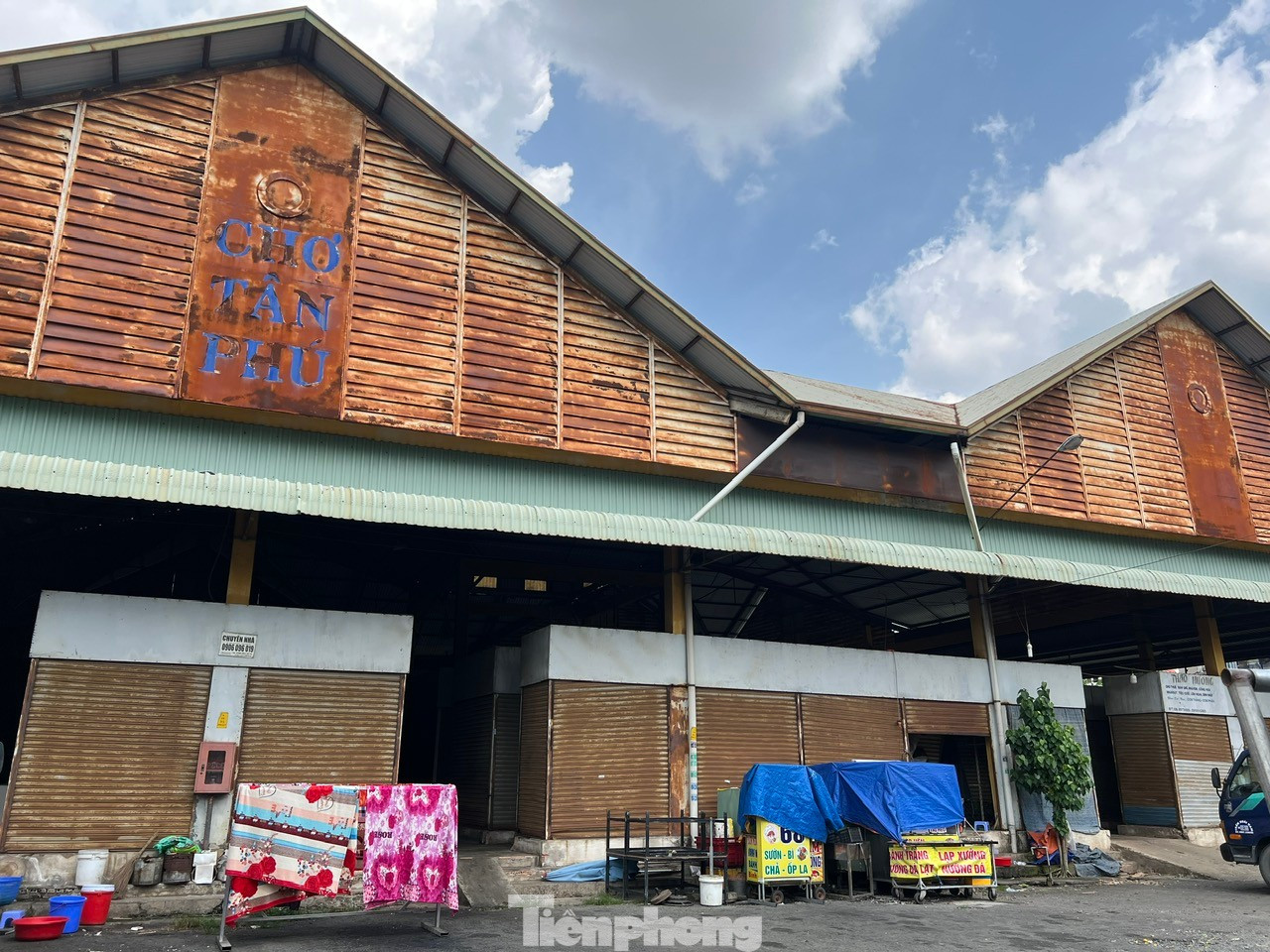
About 12 kilometers away from Phu Huu Market lies Tan Phu Market, which received an investment of over 2.5 billion VND and was completed in 2004, boasting a total of 340 stalls and kiosks.
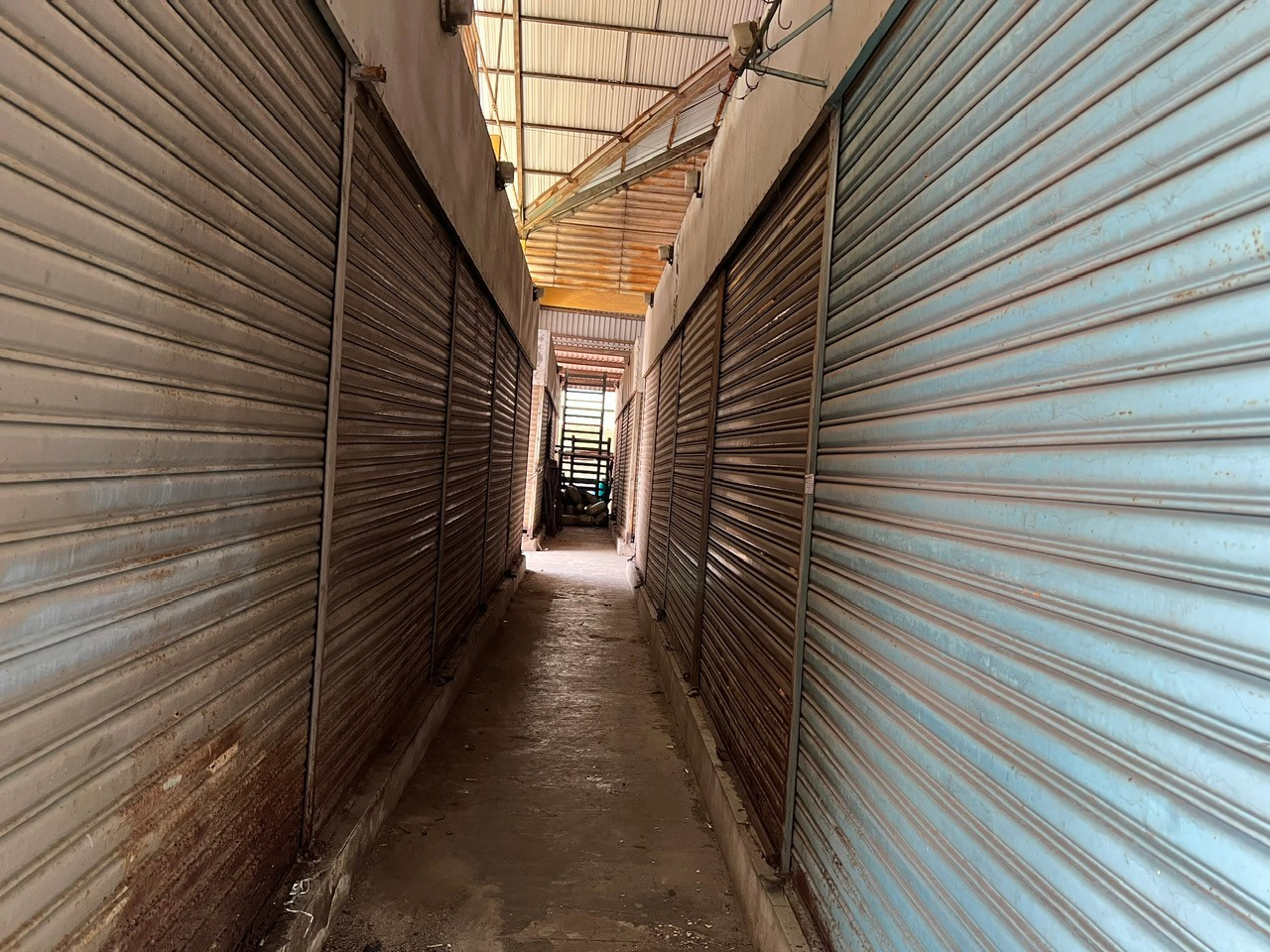
[Caption for image 6]
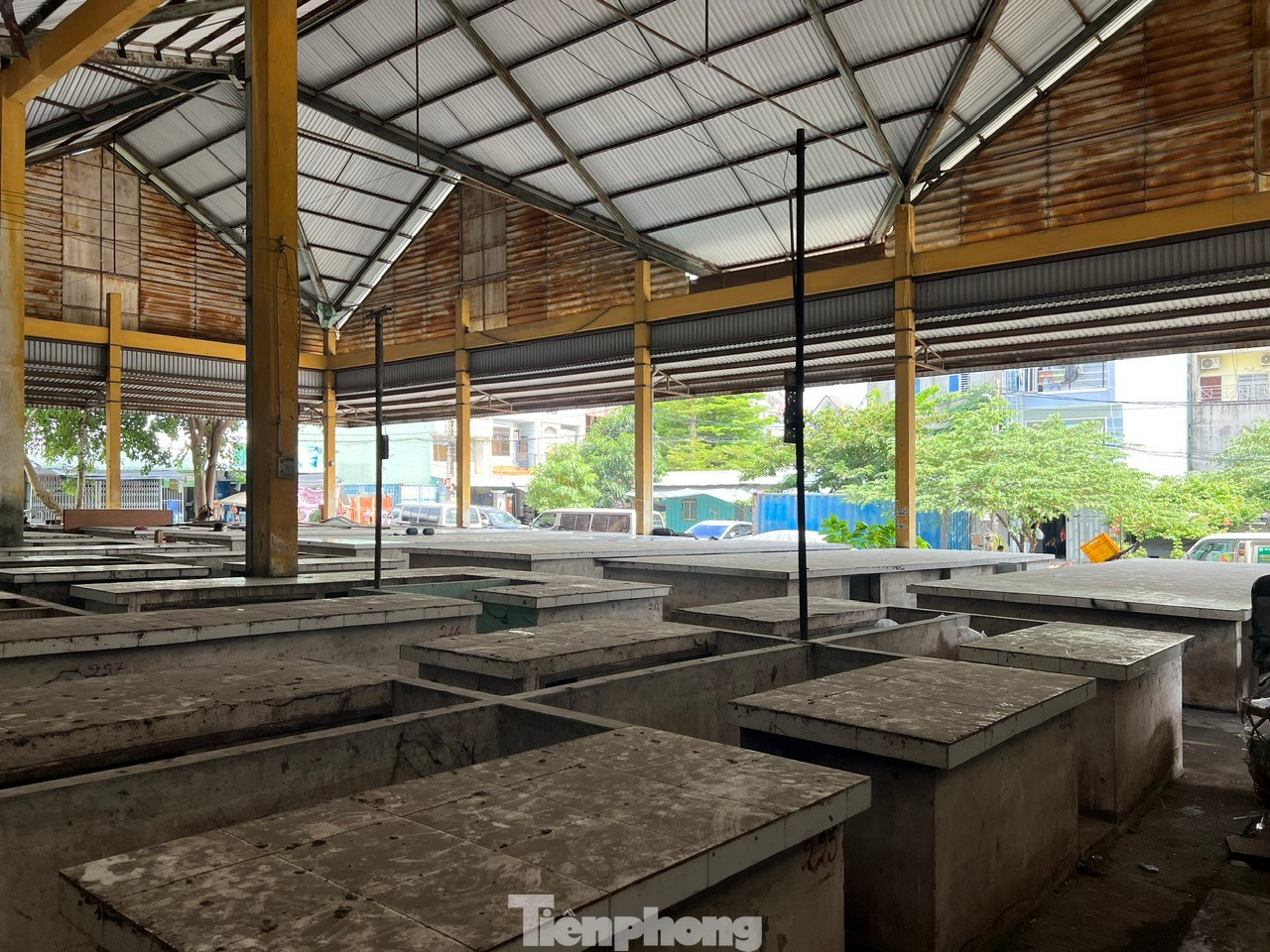
[Caption for image 7]
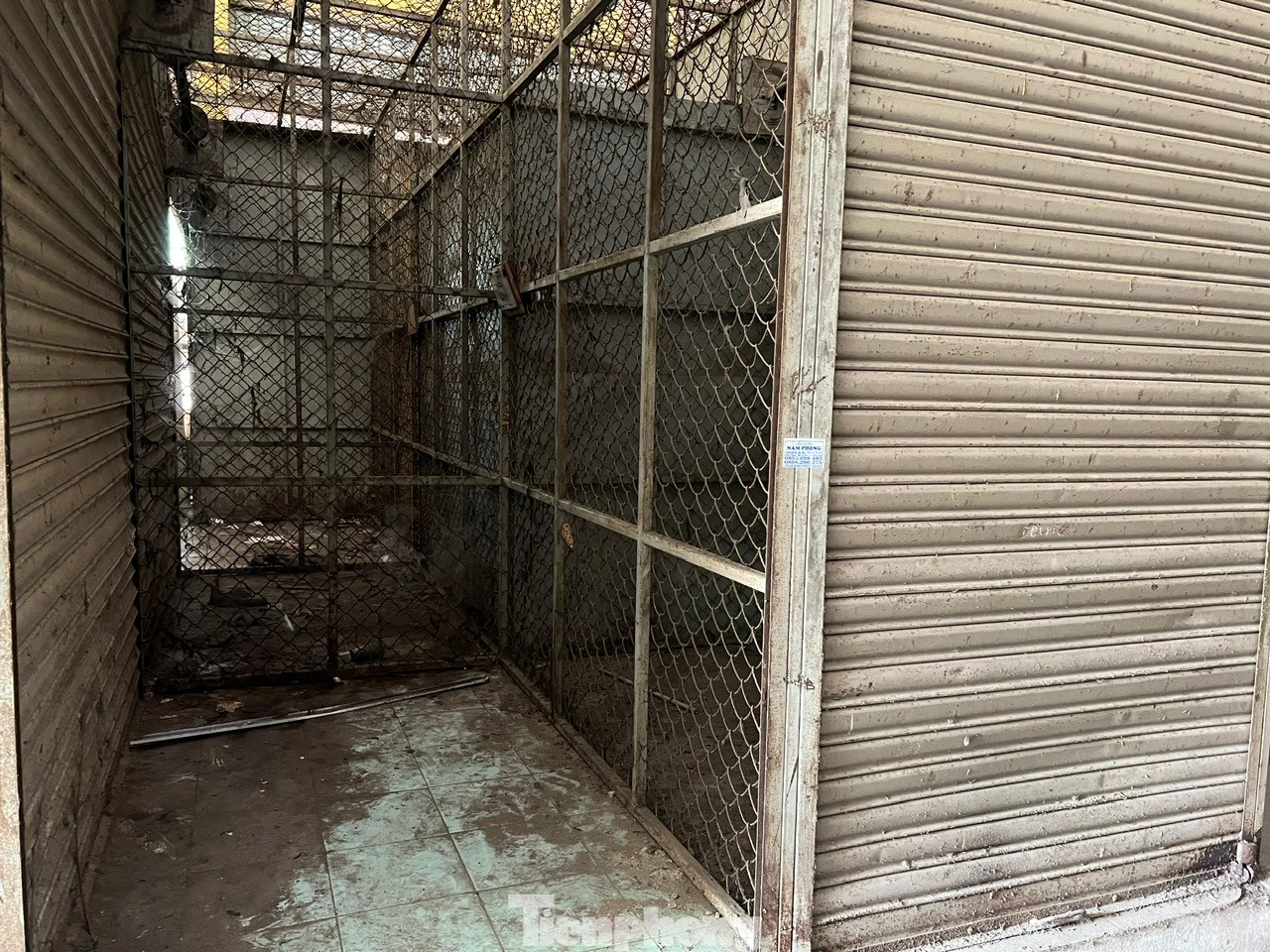
Tan Phu Market became operational around 2005, but only briefly. The reason for its demise was attributed to inconvenient transportation. For nearly two decades, the kiosks inside the market have remained empty and locked, creating a dark and deserted atmosphere.

The corrugated metal roof is rusted, and the entire market has deteriorated significantly due to prolonged neglect.
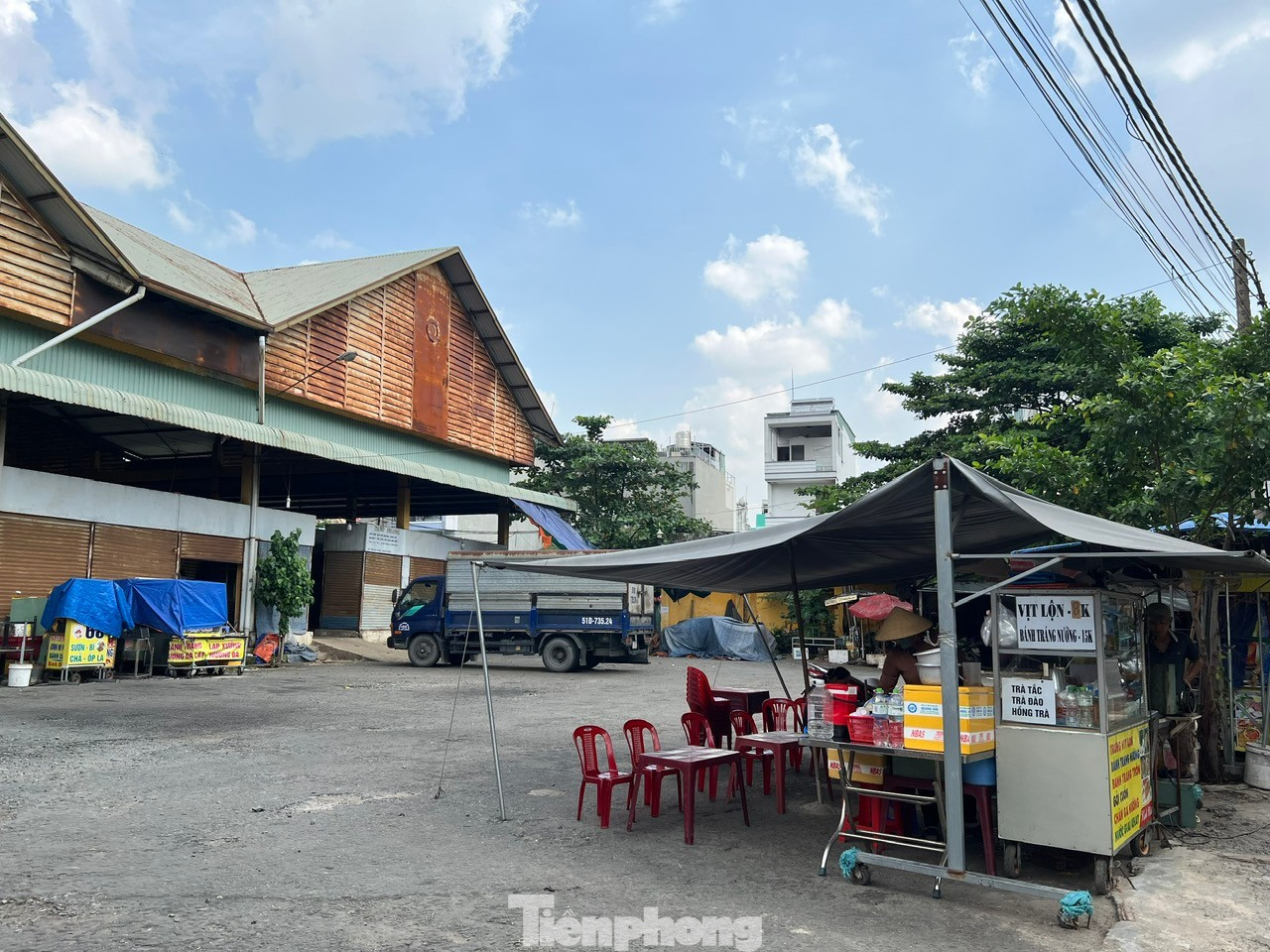
A few locals nearby utilize the area in front of the market for food stalls, but even these see little foot traffic.
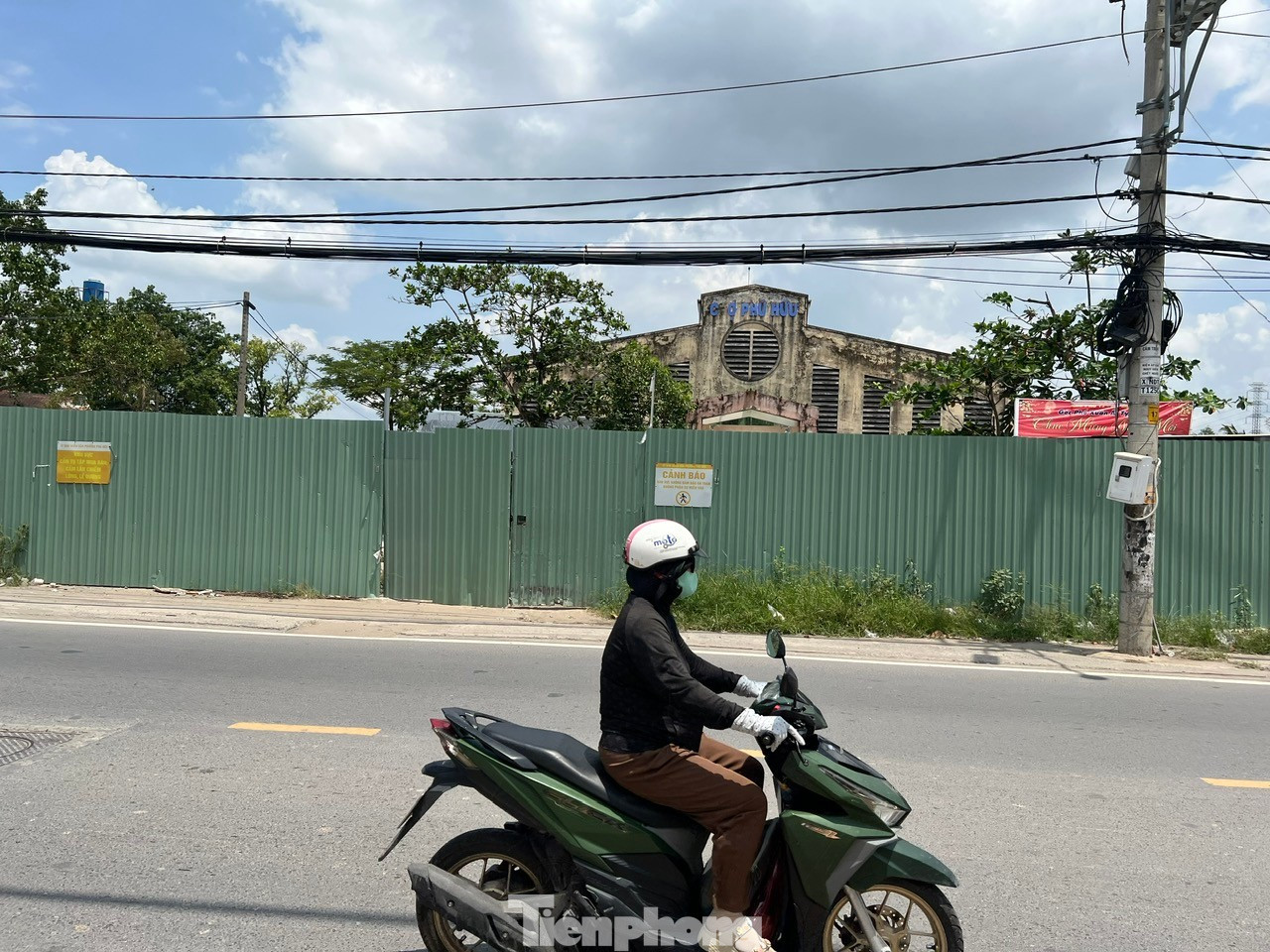
The Department of Industry and Trade has issued a document providing information on the closure and vacant stalls at traditional markets in the area. Phu Huu and Tan Phu Markets have been included in the list of markets scheduled for clearance during the 2025-2030 period by the People’s Committee of Thu Duc City (formerly known as Thu Duc District).
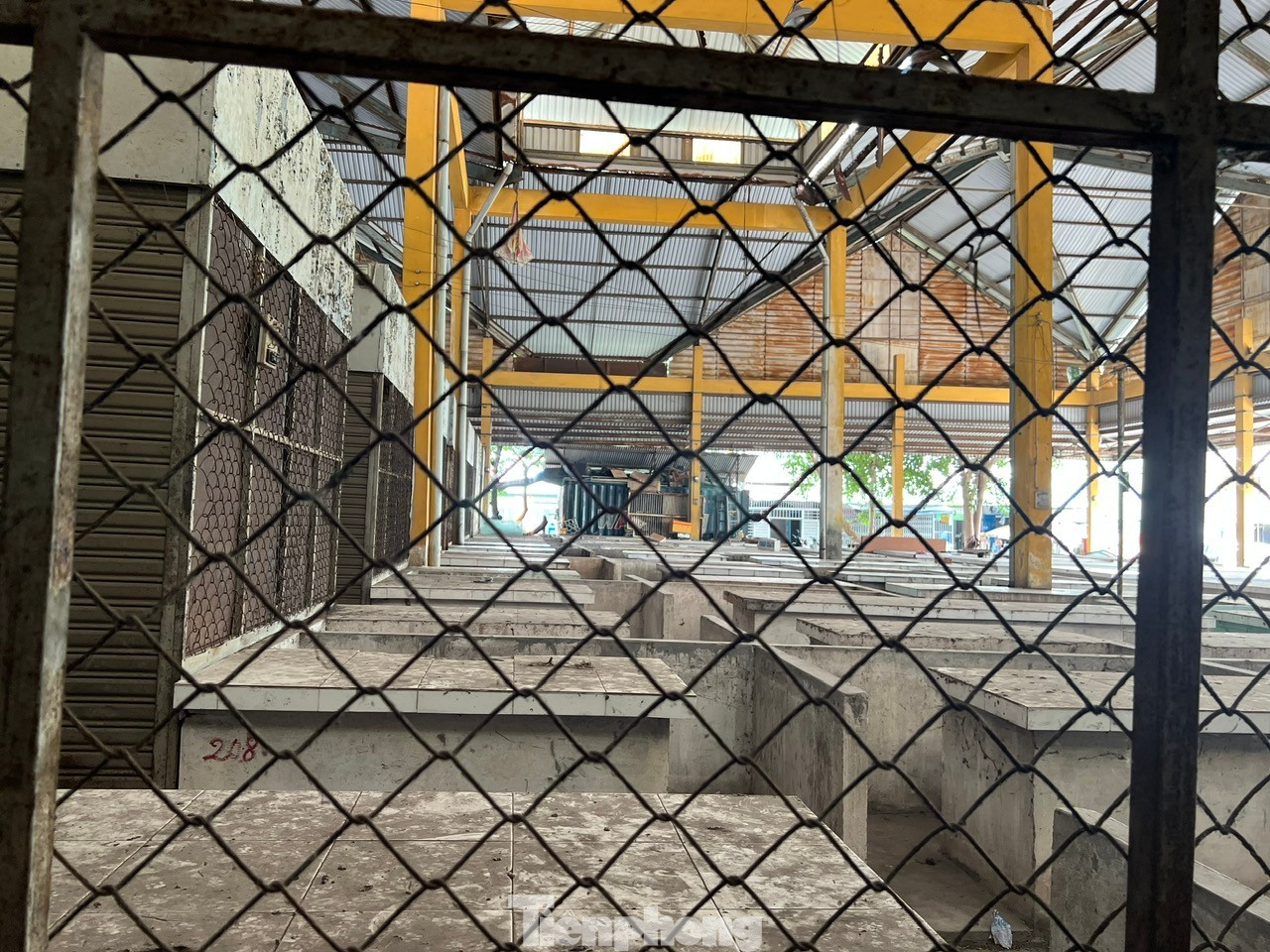
Regarding the issue of vacant stalls in traditional markets, the Department stated that the majority of markets in the area were constructed a long time ago and have since deteriorated. Additionally, the flexible and non-fixed nature of business operations in these markets has led to constant fluctuations in the number of active vendors.
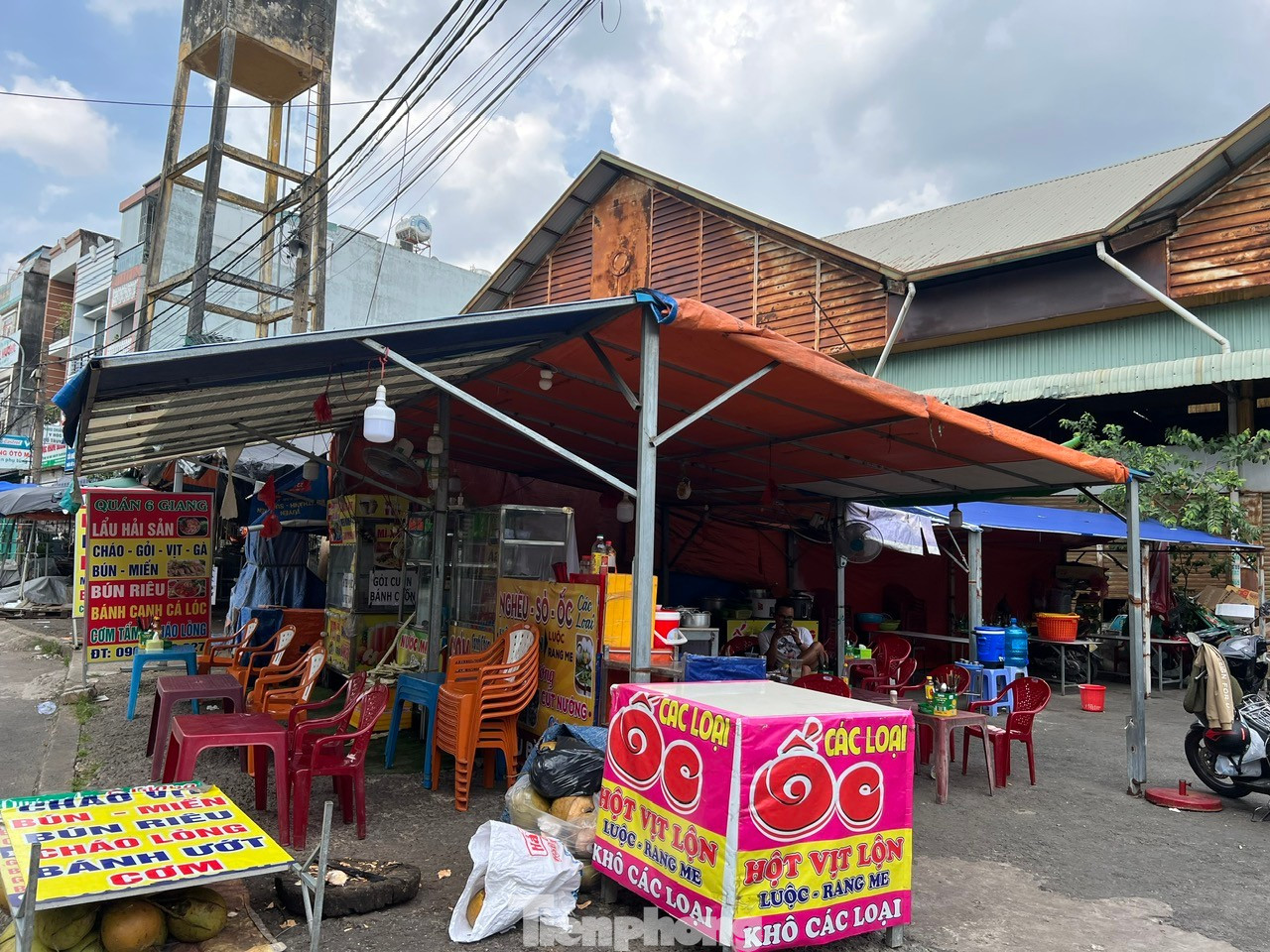
Furthermore, the rapid development of modern trade, including supermarkets, convenience stores, shopping malls, and e-commerce, has resulted in a shrinking market share for traditional markets.
“Economic Growth and the Energy Transition: Walking Hand in Hand.”
To achieve double-digit growth, a nation must implement synchronized development strategies. Economic growth must go hand in hand with energy growth. Failing to prioritize energy growth will hinder any nation from achieving sustainable development.
Is Life Insurance Profitable?
Life insurance is inherently about financial protection against risks. However, today’s investment-linked insurance policies offer a unique combination of investment and protection, creating an opportunity for policyholders to profit. It’s important to note that returns are not fixed and depend on market fluctuations, the duration of the contract, and the financial discipline of the individual.
“TPBank: Leading the Way with Efficient Operations and a Pioneer Digital Ecosystem”
With a remarkable profit of over VND 4,100 billion in the first six months of 2025 and total assets reaching VND 428,600 billion, TPBank has not only sustained its robust growth but has also been recognized among the Top 10 most reputable private joint-stock commercial banks in Vietnam for 2025 by Vietnam Report. This testament solidifies TPBank’s standing as a frontrunner in the banking industry.
“Vietnam’s FDI Appeal Remains Unshaken by Tariff Turbulence”
Although the US administration has tweaked some tax policies amidst escalating trade tensions with China, foreign direct investment (FDI) into Vietnam, particularly in high-tech and ancillary industries, has not witnessed significant changes. Experts attribute this stability to Vietnam’s enduring competitive edge in the global supply chain, which transcends the transient effects of international tax policies.






